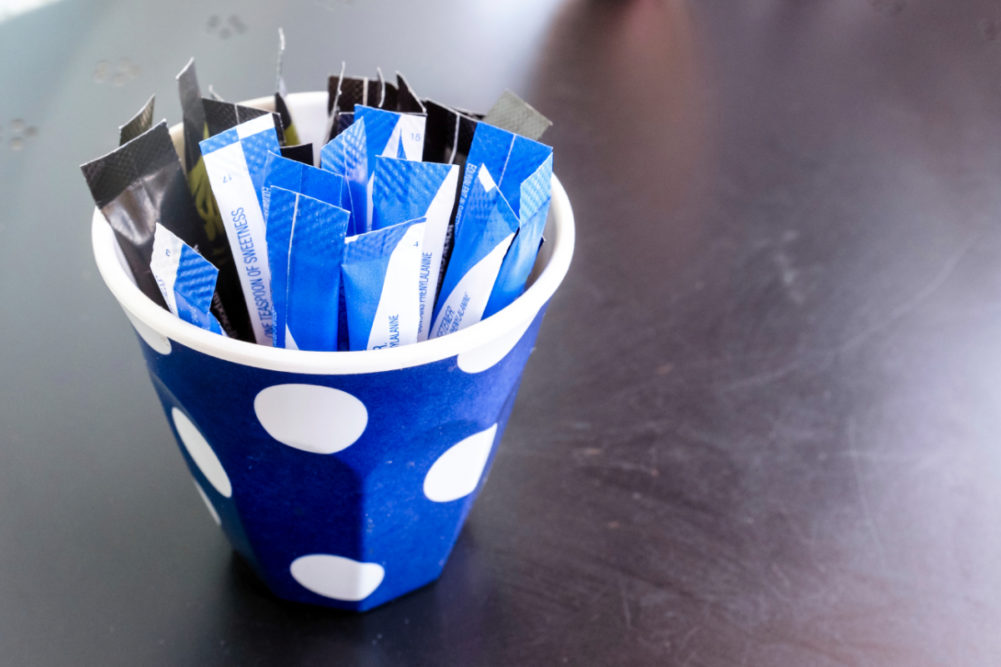WASHINGTON — The Sugar Association on June 3 filed a US Food and Drug Administration Citizen Petition asking the FDA to require complete and accurate labeling of low- and no-calorie sweeteners on food packages, which it said will “extend labeling transparency, end misleading practices and help consumers make more informed decisions.”
“Consumers deserve to know what is in their food so they can make informed decisions for themselves and their families,” said Courtney Gaine, PhD, president and chief executive officer of the Sugar Association. “These changes by the FDA will bring transparency in sweetener labeling that we know consumers want, deserve, and should expect. Consumers are confused about alternative sweeteners and want the industry to do better.”
The petition had five specific requests on which it asked the FDA to issue official industry guidance:
- Add the term “sweetener” in parentheses after the name of all non-nutritive sweeteners in the ingredient list;
- Indicate the type and quantity of non-nutritive sweeteners, in mg per serving, on the front of food packages for children’s food and beverages;
- Require the disclosure, “Sweetened with [name of sweetener(s)] beneath the claim for products making a sugar content claim;
- Disclose the potential gastrointestinal side effects from the consumption of sugar alcohols and some sugar substitutes in foods at the lowest observed effect levels;
- Ensure all sugar content claims related to sugar and sugar substitutes are truthful and non-misleading.
The use of low- and no-calorie sweeteners should be predicated on complete transparency in labeling, the association said. As an example, it said when packaged foods contain sweeteners not disclosed on the Nutrition Facts Label, including, but not limited to aspartame, saccharin, acesulfame potassium (Ace-K), neotame, sucralose, steviol glycosides (stevia) and lou han guo (monk fruit), the name of the ingredient would be followed by the word (sweetener) to make the presence of unfamiliar sweeteners clear to consumers.
When enacted, the petition would require children’s products made with non-nutritive sweeteners to disclose on the front of packages the type and quantity of sweeteners used, which the Sugar Association said was supported by the American Academy of Pediatrics November 2019 policy statement, The Use of Nonnutritive Sweeteners in Children, and is necessary to gauge pediatric exposure to alternative sweeteners, which currently is unknown.
The disclosure, “Sweetened with [name of sweetener(s)]” beneath the claim is needed because of the increased use of sugar substitutes and the sharp rise in misleading “No Added Sugar,” “Zero Sugar,” and “Reduced Sugar” claims on packages, partly driven by the FDA’s new mandatory labeling of added sugars, the association said.
The petition asks the FDA to use its enforcement discretion to require the disclosure “Not lower in calories” for the use of “No/Reduced Added Sugar” claims on food labels when the product does not have 25% fewer calories than the food product to which it is compared.
“Seventy per cent of consumers believe that products labeled ‘Reduced Sugar’ contain fewer calories than the original product,” the Sugar Association said. “Too often, total calories are higher or the same in these products, but label claims mislead consumers into believing it is a healthier choice.”
The Sugar Association said the petition was supported by a wealth of consumer and marketplace data, including the most recent consumer opinion research conducted by Quadrant Strategies for the Sugar Association. That research showed that given a list of food additives, consumers correctly identified sweetening ingredients only 37% of the time, that 73% of parents think it’s important to know the amount of sugar substitutes in their children’s food, and that 66% of consumers say it’s important for sugar substitutes to be clearly identified as sweeteners on food labels.
“These changes are necessary to close a gap in food labeling, but most importantly, they are necessary to provide consumers with complete transparency and accurate information about the contents of the products they buy and eat,” Dr. Gaine said.
Consumers’ demand for transparency in labeling isn’t a trend, she said, “It’s the new way forward.”
The FDA has 180 days to respond to the petition.






